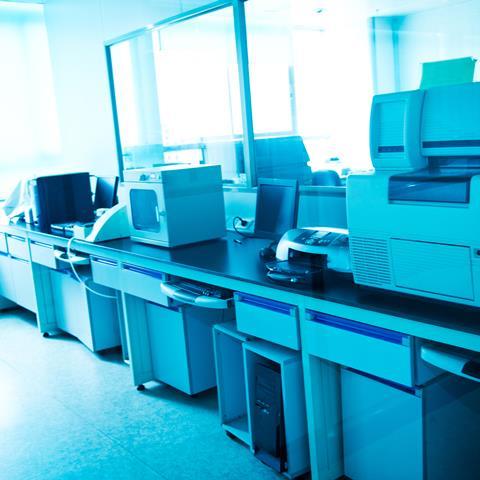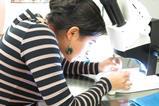The scale of the environmental crisis demands that sustainability move from the margins to the centre of every discipline. Microbiology is no exception. Our work generates knowledge to understand and mitigate global challenges, but it also leaves a footprint through laboratory practices, travel, and resource use. If we want to contribute credibly to planetary health, we must also look at how we do our science.
I came to this realisation while reflecting on the irony of studying plastic pollution while discarding hundreds of single-use plastic items in the lab. This recognition pushed me to integrate sustainability into my own practice, and to encourage colleagues, students, and institutions to do the same.
Routines we can change today
Most microbiology relies on single-use plastics, energy-intensive equipment, and resource-heavy workflows. Yet there are simple, practical changes we can all make:
- Reusables work: Validated systems for washing pipette tips or switching to washable glassware cut down on waste. In Zurich, our tests showed that rewashed tips meet biosafety standards, saving tens of thousands of items from incineration.
- Order wisely: Consolidating orders and choosing suppliers with sustainable packaging lowers the hidden carbon footprint of our consumables.
- Cool smarter: Ultra-low temperature freezers are notorious energy guzzlers. Shifting them from –80 °C to –70 °C can reduce electricity use by around 40% without compromising sample integrity.
These tweaks look small, but across entire labs and departments, they translate into major savings in both money and emissions.
Not just about lab work
Sustainability also means rethinking how we plan and share our science. Hybrid conferences, remote talks, and shared repositories reduce travel while making science more accessible. It also helps if we are transparent about the environmental impact of our methods, normalising greener practices by including them in the way we report our research.
Why learned societies matter
This is where societies like AMI and FEMS play a crucial role. They can:
- Publish codes of practice for sustainable research and teaching.
- Provide training and resources so members can adopt greener methods without reinventing the wheel.
- Celebrate change through awards and recognition schemes that showcase best practice.
Societies also have a powerful policy voice. By consolidating member perspectives and scientific evidence, they can influence funders and decision-makers to support research that is environmentally responsible as well as scientifically excellent.
Changing the culture
This is not just about technical fixes; it’s about shifting culture. We need to create an environment where asking “Do we need this?”, whether about consumables, workflows, or flights, is simply part of good science. Early-career researchers are especially motivated here; what they need is structural support rather than obstacles.
Supervisors and PIs set the tone. If they model sustainable choices, whole teams will follow. At the same time, funders, journals, and societies must align incentives so that greener ways of working are rewarded, not penalised.
A call to our community
Microbiology is central to many sustainability solutions: bioremediation, bioenergy, and the circular bioeconomy. But credibility also depends on how we practice our science. Many of the changes needed are not expensive or difficult; they save resources as well as emissions.
As microbiologists, we are trained to observe, test, and measure. Let us apply that same rigour to our own professional practices. Small, consistent actions across our community can scale into systemic change. And with the support of societies like AMI, we can shape a discipline that not only studies sustainability but lives it.
For more detail, see:












No comments yet